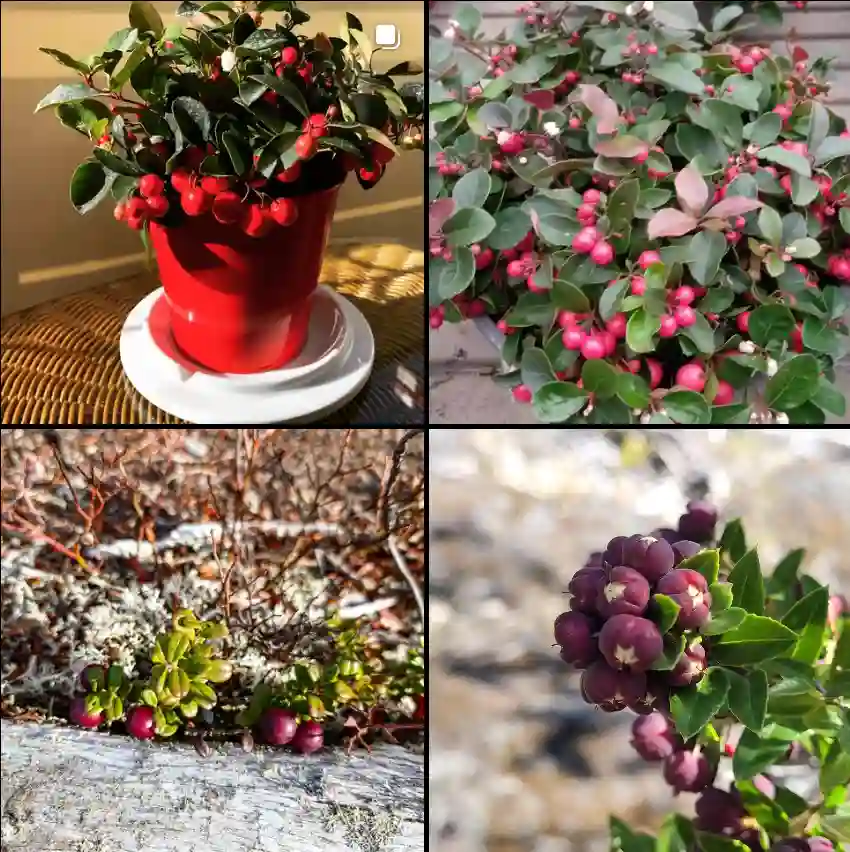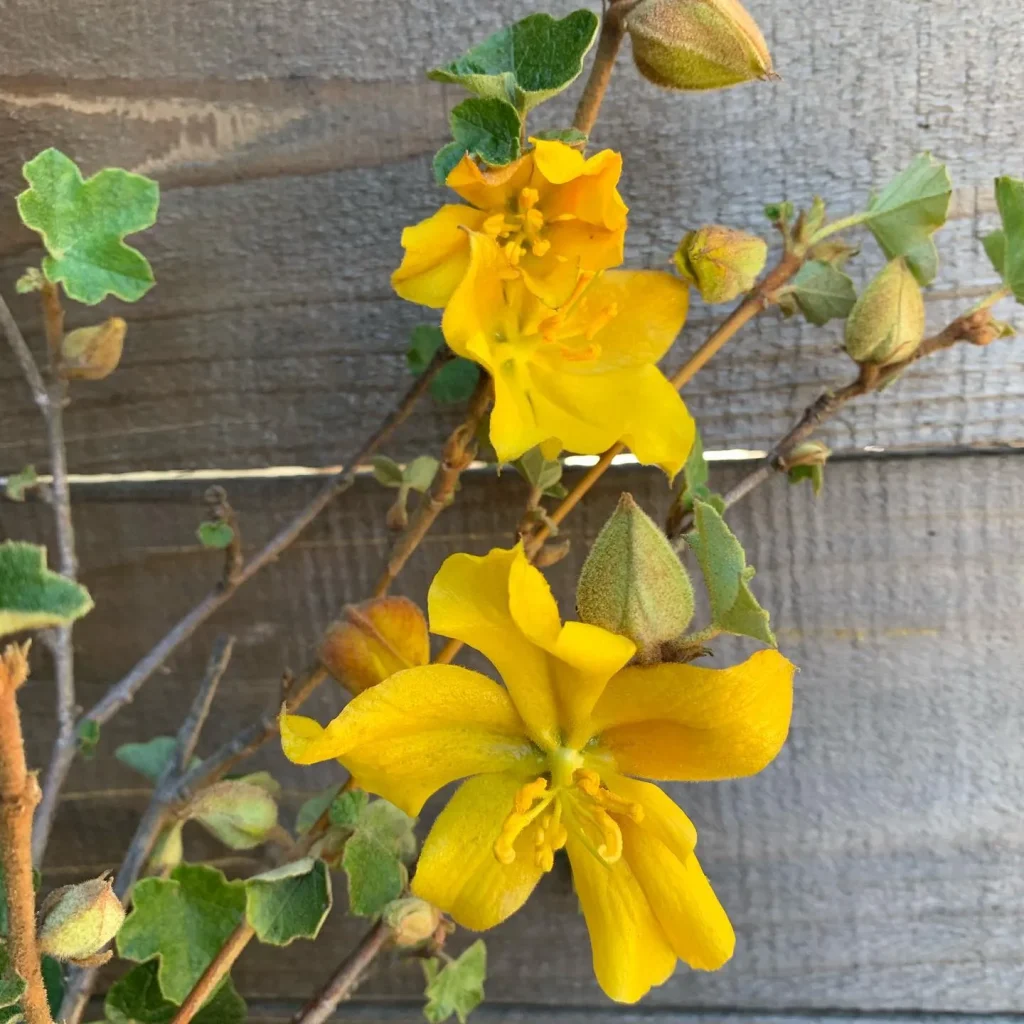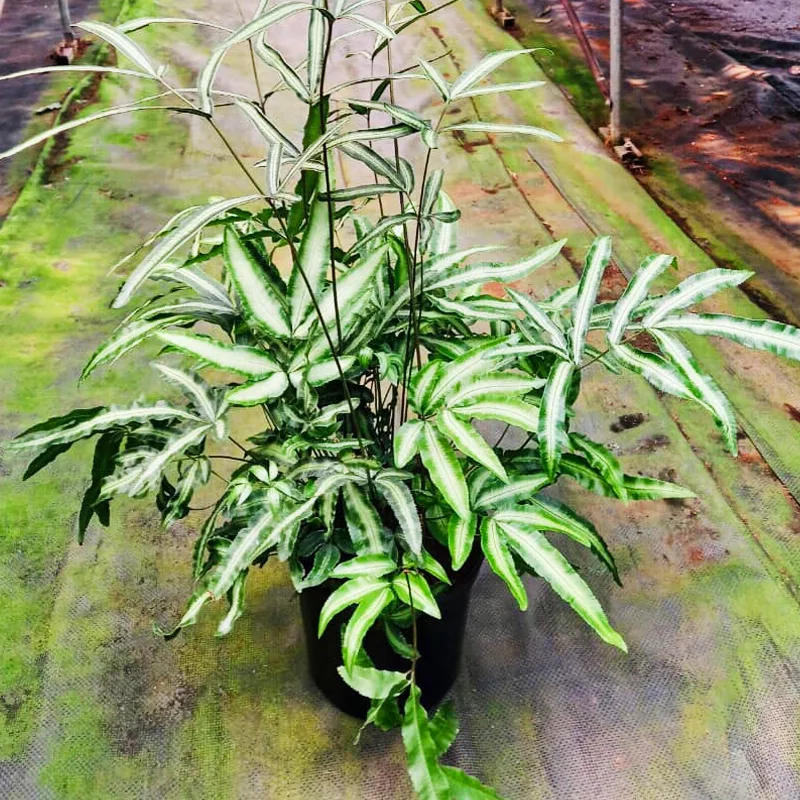FAQs About Pittosporum Crassifolium
Pittosporum Crassifolium, also known as Karo, is a hardy, evergreen shrub that I’ve grown to love for its resilience and beauty. Native to New Zealand, this plant has a unique charm with its leathery, gray-green leaves and understated elegance. Let’s explore some common questions and useful tips about Pittosporum Crassifolium to help you better understand and care for this remarkable plant.
256 Species in Genus Pittosporum
What Is Pittosporum Crassifolium?
Pittosporum Crassifolium is an evergreen shrub that thrives in coastal areas due to its salt tolerance. It’s particularly well-suited for those looking to create windbreaks or hedges in exposed locations. The plant’s leathery leaves are a lovely mix of green and silver-gray, which adds texture and interest to the landscape. Additionally, it produces small, fragrant flowers in the spring, though they’re not its main draw.
How Big Does Pittosporum Crassifolium Compacta Grow?
One of the first things I wondered when I started growing Pittosporum Crassifolium Compacta was, “How big does it grow?” The compact variety of this plant typically reaches a height of around 3 to 6 feet, with a similar spread. Unlike the standard form, which can grow much larger, the Compacta version stays more manageable, making it ideal for smaller gardens, hedges, or even container planting. If you’re looking for a neat, dense shrub, Compacta is a fantastic choice.
How to Care for Pittosporum Crassifolium?
Caring for Pittosporum Crassifolium is relatively straightforward, making it a favorite for many gardeners, including myself. It prefers well-draining soil and thrives in full sun to partial shade. Watering should be moderate; it’s drought-tolerant once established but benefits from occasional deep watering, especially during dry spells. Pruning can help maintain its shape, especially if you’re growing it as a hedge, but it’s naturally a low-maintenance plant.
Fertilization isn’t a huge concern for this plant, but applying a balanced fertilizer in spring can give it a little boost.
Can You Grow Pittosporum Crassifolium Indoors?
While Pittosporum Crassifolium is mainly an outdoor shrub, it can be grown indoors in large containers under the right conditions. Since it prefers plenty of sunlight, placing it in a well-lit area with access to direct sun is essential. Keep in mind that indoors, the plant may not reach its full potential size. I’ve found it’s much happier outdoors where it has space to grow and access to natural elements.
How to Propagate Pittosporum Crassifolium?
Propagating Pittosporum Crassifolium can be done through seeds or cuttings, though I personally prefer using cuttings for a more reliable result. Take semi-hardwood cuttings in late summer or early fall, and place them in a well-draining potting mix. Keep the soil moist and the cuttings in a shaded area until they root. It might take a few weeks, but once roots form, you can transplant them into your garden or a larger pot.
What to Plant with Pittosporum Crassifolium?
Pittosporum Crassifolium pairs well with a variety of coastal plants due to its similar growing conditions. I like to plant it alongside grasses like Miscanthus or Stipa for a natural, wind-swept look. It also works beautifully with other salt-tolerant shrubs such as Hebe or Griselinia. In a more formal garden, you can combine it with lavender or rosemary for a Mediterranean feel.
Is Pittosporum Crassifolium Toxic?
One question that often comes up is whether Pittosporum Crassifolium is toxic. To the best of my knowledge, it is not toxic to humans or pets. However, it’s always good practice to supervise pets around new plants, especially if they have a habit of nibbling on greenery.
What Are the Benefits of Pittosporum Crassifolium?
There are numerous benefits to growing Pittosporum Crassifolium, especially for those living near the coast. Its salt tolerance makes it an ideal plant for coastal gardens where many others struggle to survive. It’s also an excellent windbreak and can act as a privacy hedge. Additionally, the plant is quite resilient to drought and poor soil conditions once established, making it a robust choice for low-maintenance landscaping.
Common Problems with Pittosporum Crassifolium
While Pittosporum Crassifolium is generally hardy, it can face some issues. The most common problem I’ve encountered is leaf spot, which can occur in humid conditions or when airflow is poor. Ensuring proper spacing between plants and avoiding overhead watering can help prevent this. Occasionally, you might find aphids or scale on the leaves, but these pests are usually easy to manage with insecticidal soap or natural predators.
How Does Pittosporum Crassifolium Compare with Similar Plants?
Pittosporum Crassifolium is sometimes confused with other members of the Pittosporum family, such as Pittosporum Tobira. The main difference is in their size and foliage. Pittosporum Tobira tends to have broader, darker green leaves and can grow larger than Crassifolium. Additionally, Tobira is more suited for warmer, more protected environments, while Crassifolium excels in harsher, windier locations.
Another plant it’s often compared to is Griselinia, which is also a popular choice for coastal gardens. Griselinia has larger, waxy leaves and grows faster, but Pittosporum Crassifolium offers more texture and a denser growth habit, making it better for hedging.
Can Pittosporum Crassifolium Be Grown as a Hedge?
Yes, Pittosporum Crassifolium makes an excellent hedge. Its dense growth and ability to withstand windy, salty conditions make it ideal for coastal and exposed locations. I’ve found it particularly useful as a windbreak in my garden, where it helps protect more delicate plants. Regular pruning can keep it neat and compact, though it also looks great when left to grow naturally.
In summary, Pittosporum Crassifolium is a versatile, low-maintenance plant that adds beauty and resilience to any garden. Whether you’re looking for a tough windbreak, a privacy hedge, or a unique addition to your coastal landscape, this plant delivers.
If i die, water my plants!



